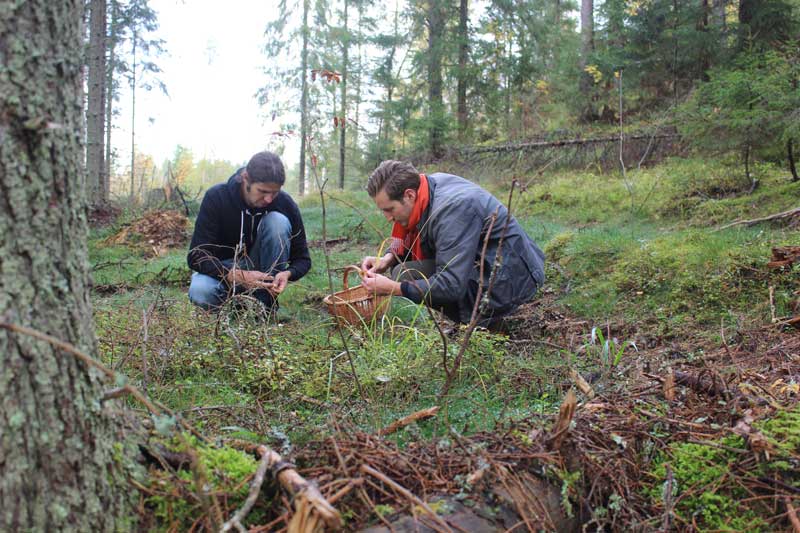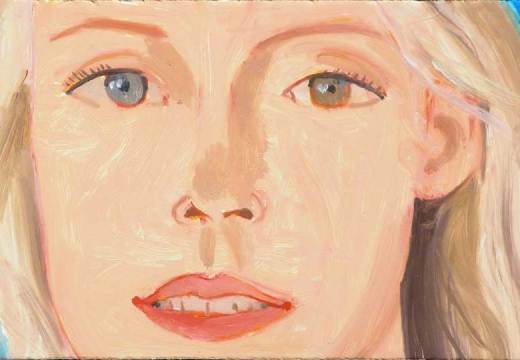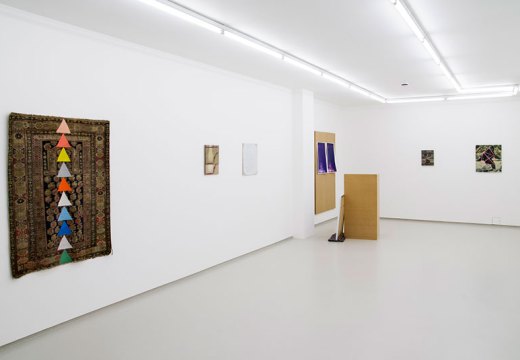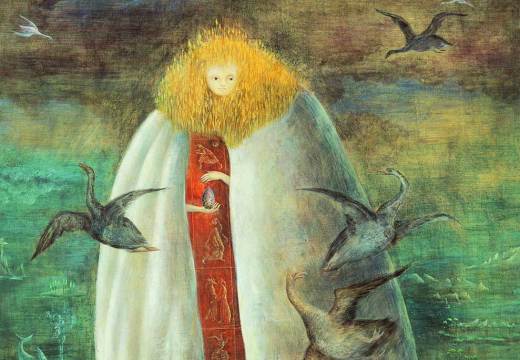From the March issue of Apollo: preview and subscribe here
It’s not often that an artist’s studio visit involves a weekend in the woods hunting for mushrooms. But then this is Finland, where the right to forage is enshrined in law. The artist in question is Antti Laitinen, whose international reputation has been built on solitary deeds of outlandish heroism, like living naked in the woods or sailing across the Baltic in a boat made from found bark. Such works cut to the heart of Finnish national identity, which prides itself on self-sufficiency and outdoor competence. Nature is a constant theme here, to the extent that it borders on cliché: Helsinki airport is currently welcoming visitors with a display of traditional Finnish rural skills.
The first thing such visitors might notice is Finland’s almost total lack of contemporary art market. There is no art fair of significance here, and very few commercial galleries. In Helsinki, Galerie Forsblom caters to the conservative of taste; Galerie Anhava (which recently relocated to larger premises) represents the country’s leading artists, such as Laitinen and Vesa-Pekka Rannikko. Otherwise, independent galleries here are largely artist-run. Little of the traditional work of the commercial gallery – PR, sales, administration, etc. – is carried out, but they still take a 30 per cent cut of any sales. Each holds an annual open call during which artists apply with an exhibition proposal. If successful, they then apply for one of many available grants for the arts. This will go on expenses such as materials and gallery rental fees. Most of these exhibitions are solo shows.
In 2015, the Finnish government spent over €40 million on artists’ grants and subsidies, of which a little under half went on supplementary pensions for artists and journalists. Artists like Laitinen receive a monthly stipend guaranteed for five years. Unlike those awarded by Arts Council England, grants here tend to come with very few strings attached: there is little interest in criteria like audience diversity. Arguably this enables a more experimental approach to making work.
For art duo IC-98, Finland’s representatives at this year’s Venice Biennale, the advantage is that decisions are made by other artists based on artistic merit. It is a form of peer review. IC-98 are based in Turku, two hours west of Helsinki, a city of elegant architecture whose comparative lack of artists has, the pair believes, helped them in applications for regional grants.
Times are changing however. The current funding situation has its roots in the strong artists’ unions that were formed in the 1970s. The problem now, though, as IC-98 have pointed out, is that grants very often go to the same select group of artists. As Juha Huuskonen, director of Helsinki International Artist Programme (HIAP), has written on his personal blog: ‘All the funding for cultural organisations is already earmarked for existing established organisations and the system has been designed to maintain this status quo.’ Today’s younger artists feel excluded.
The other main cause is economic: Finland is feeling the pinch and further significant cuts are on their way later this year. Some have argued that funds should be concentrated in places of strength; others such as Huuskonen believe that the loss of a major institution or two might be necessary to keep the grass-roots scene alive. For a city with a population of just half a million, Helsinki boasts an impressive array of publicly funded museums, including Ateneum; National Museum of Finland; Design Museum, Helsinki; and Kiasma.
It is into this complex and changing landscape that the Guggenheim has parked its publicity juggernaut with a combination of the diplomatic and the crass. Behind-the-scenes wooing of the capital’s decision-makers has gone hand in hand with a public relations strategy that has sought to present the opening of a Guggenheim Helsinki as a fait accompli. Important questions – what will actually be exhibited; who is going to pay for it – so far remain unanswered.
Finns are famously reserved, but many questions are being asked – and increasingly loudly. A new arts organisation, Checkpoint Helsinki, has launched an alternative design competition, The Next Helsinki, which seeks proposals for the harbour site provisionally allocated to the new Guggenheim. The aim is to ‘highlight the city’s singularity, and its residents’ appetite for social, environmental and cultural justice’, and the jury features prominent Finnish and international names including New York architect Michael Sorkin and Manifesta’s public programme curator Joanna Warsza. Checkpoint Helsinki has been sponsored by the Finnish Cultural Foundation and the Swedish Cultural Foundation in Finland, both of which have also put money into the Guggenheim project.
Through organisations such as the Helsinki International Artist Programme, which hosts artist residencies on the fortress island of Suomenlinna, and Frame, which promotes Finnish art abroad, Helsinki is placing increasing emphasis on international cultural dialogue and exchange. Whether this requires the arrival of the Guggenheim mega brand remains to be seen. Important decisions lie ahead.
Click here to buy the latest issue of Apollo
Related Articles
Forum: Should we be cynical about international museum franchises?
Guggenheim Bilbao lets its collection speak for itself (Matilda Bathurst)
Unlimited access from just $16 every 3 months
Subscribe to get unlimited and exclusive access to the top art stories, interviews and exhibition reviews.














![Masterpiece [Re]discovery 2022. Photo: Ben Fisher Photography, courtesy of Masterpiece London](http://www.apollo-magazine.com/wp-content/uploads/2022/07/MPL2022_4263.jpg)
Why are fathers so absent from art history?